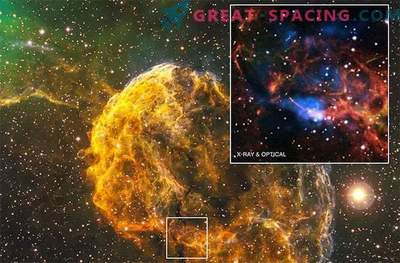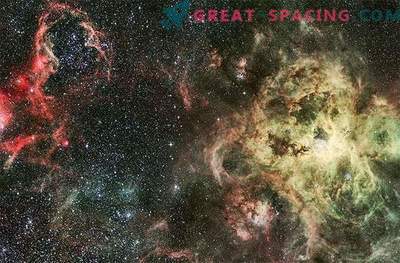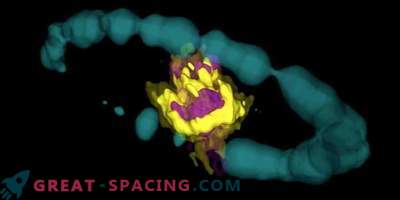
Jane Greaves (Cardiff University) and Wayne Holland (British Astronomical Technology Center) may have been able to solve the 25-year-old riddle of a planetary formation after a supernova explosion.
The first planets outside our system noticed a quarter century ago. And they didn’t revolve around a solar star, but near a tiny, superdense neutron. These are the remains of a massive star blast.
Such “planets in darkness” turned out to be extremely rare, and astronomers could not understand how they were formed. In theory, a supernova explosion is so powerful that it had to destroy objects that had previously existed nearby. To form new satellites, a neutron star needs to find a very huge amount of raw materials. But where?
The researchers searched for raw materials at the points where the planets of the pulsars are located. Their main target was the Geminga pulsar, distant for 800 light-years in the constellation Gemini. In 1997, it seemed that it was possible to find a planet. But later the discovery was written off for failures in the settings.
Greaves and Holland decided to use the James Clerk Maxwell telescope (JCMT), which operates on submillimeter waves. The light found has a wavelength of half a meter and remains invisible to the human eye.

Sketch of a nebula created by the wind of electrons and positrons produced by the pulsar. Geminga crossed the galactic plane (bottom right) about 100,000 years ago. It is believed that the supernova exploded not symmetrically, because of which the remnant could bounce from the place of formation at a speed of 200 km / s
Seen was very weak. Therefore, in 2013, the team created SCUBA-2, configured to re-observe. Now it turned out to catch not only the signal to the pulsar, but also the arc around it. This resembles a shock wave, as Geminga moves through the galaxy at a speed exceeding the sound one. Counter material will first fall into the shock wave, and then into the pulsar itself.
According to calculations, trapped interstellar dust adds several terrestrial masses. Therefore, the raw materials are more than enough to create planets. Of course, scientists will need more data, because the image is fuzzy. Therefore, they want to use the ALMA array.











































